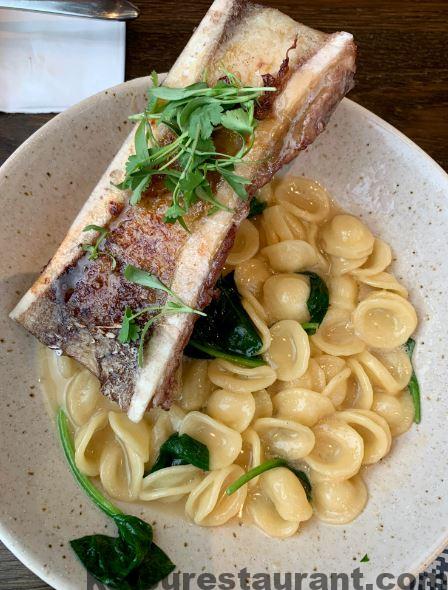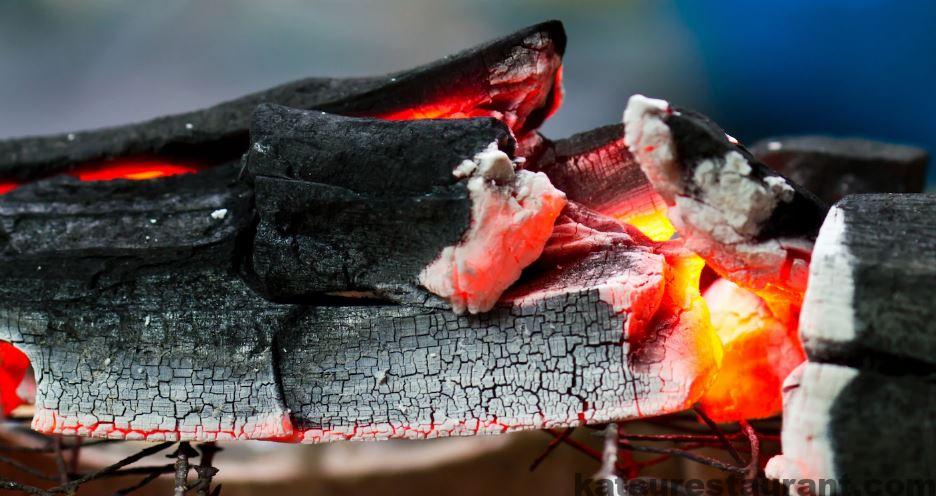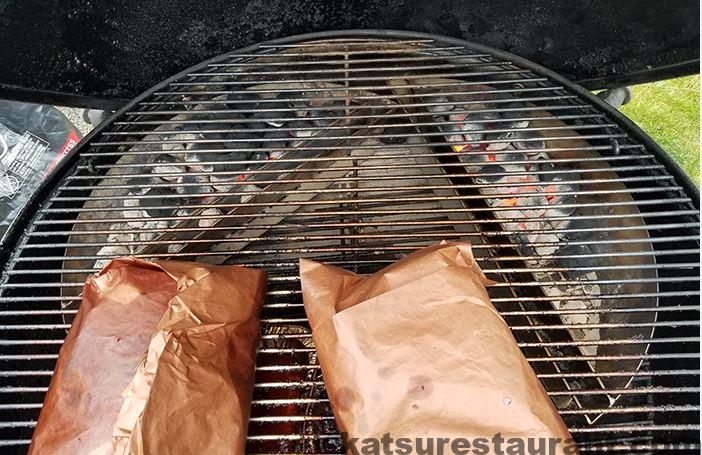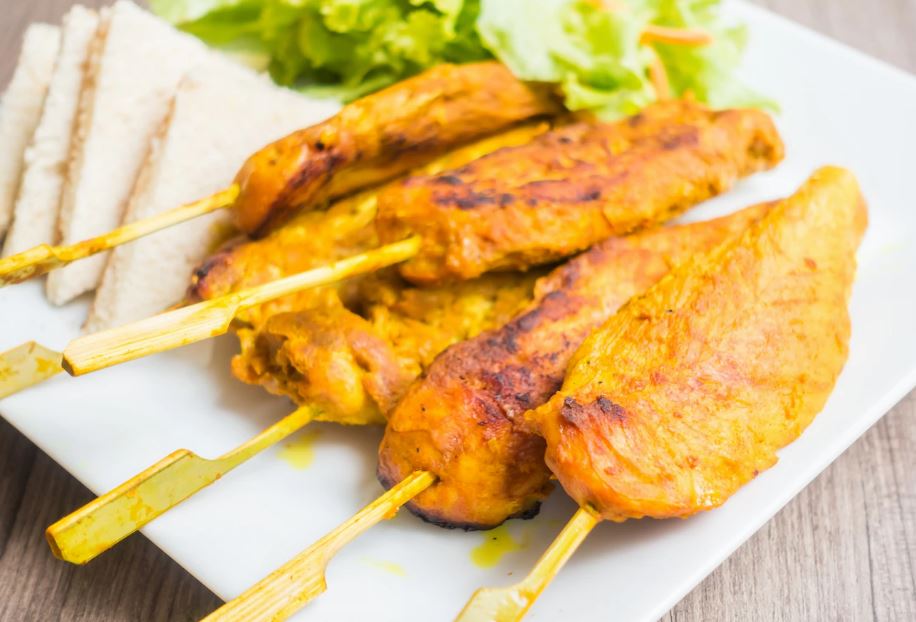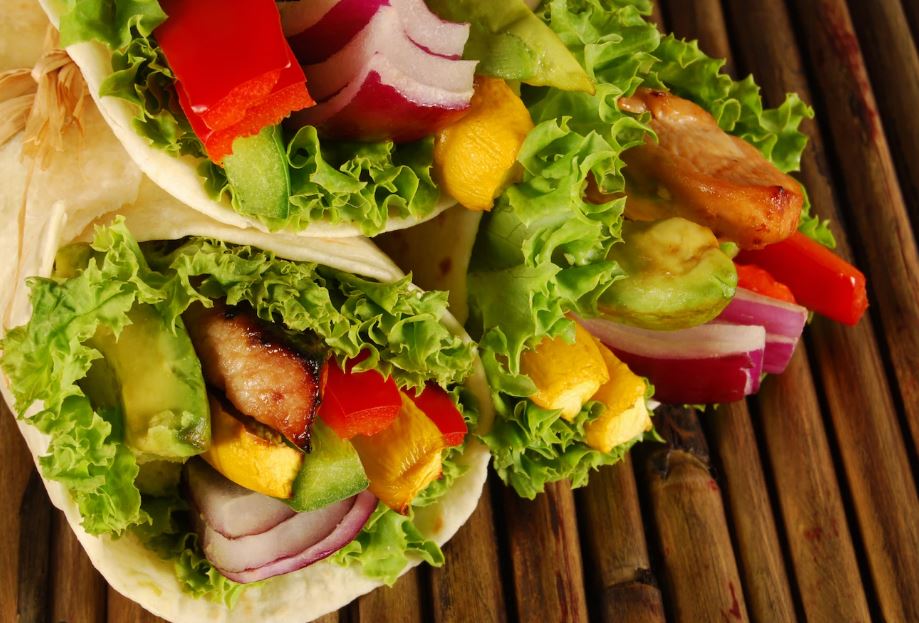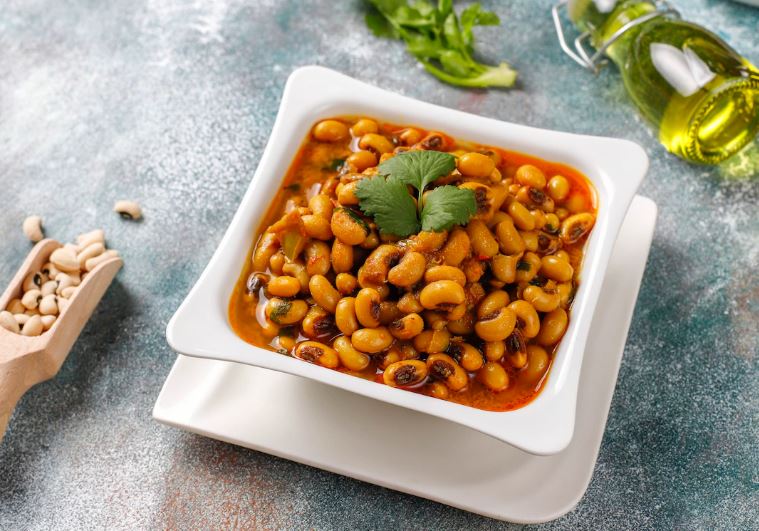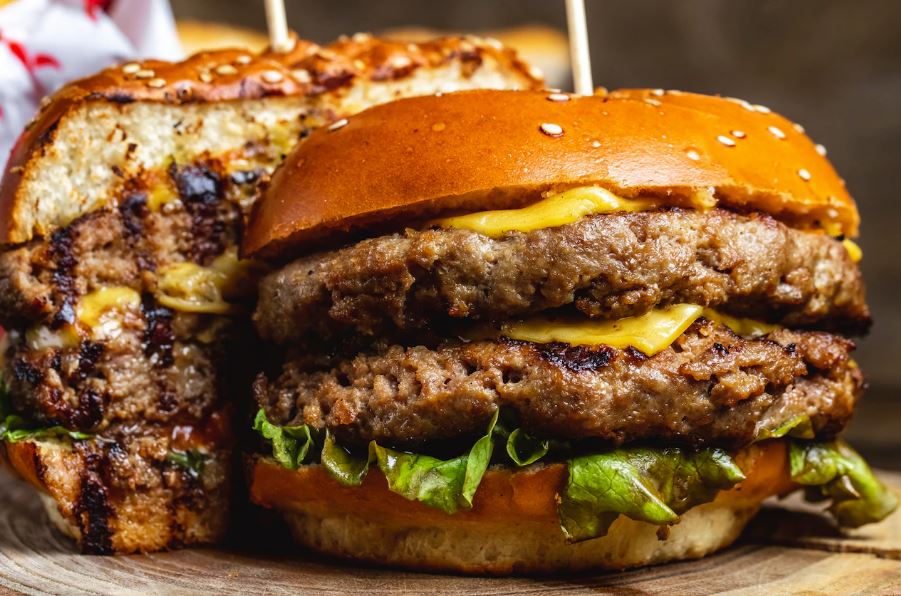It’s one of the most popular questions when it comes to cooking brisket – do you really need to unwrap the meat and rest it after cooking? Many pitmasters will attest that this step is essential in order to get a tender and juicy piece of grilled beef. It’s often thought that resting allows for more flavorful juices to be “reabsorbed” into the already cooked brisket, adding even more flavor. In theory, poorly rested briskets can be dry and leathery due to their poor moisture retention. So does unwrapping your brisket at the end of its cook time help or hurt your final product? Let’s dive into this contentious topic and learn once and for all whether you should ready yourself for an extra task on big days of BBQ grilling!
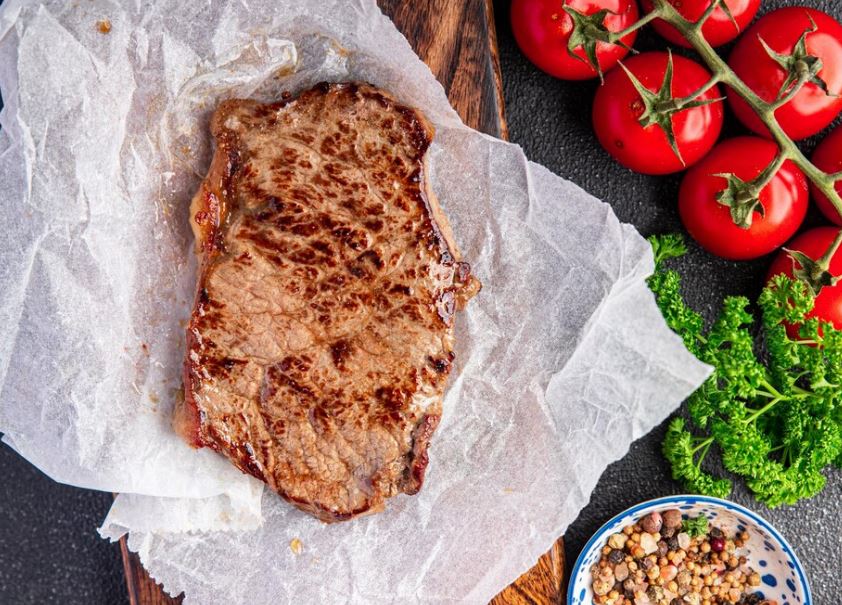
What is brisket?
Brisket is a cut of beef typically found on the front of the cow between its forelegs. It’s generally made up of two muscles, the flat and the point. The flat is leaner, while the point has more fat marbling and more connective tissues which make it less desirable for grilling. Briskets are generally large, which is why they’re so popular for recipes like slow-smoked BBQ. To get the most out of this cut, it needs to be cooked low and slow over indirect heat in order to break down those tough muscles and fat marbling.
Do You Need to Unwrap Brisket?
The answer is yes, you do need to unwrap the brisket after cooking. This helps release excess moisture and fat that has been trapped in the meat during the long cook time. The result is a more tender and flavorful piece of beef. Additionally, resting your brisket allows the juices that have been soaked up during the cooking process to reabsorb into the meat, keeping it moist and juicy. Resting also helps in allowing the collagen proteins to break down further, making for an even more tender cut of meat.
When Should You Unwrap Your Brisket?
The best time to unwrap your brisket is when the internal temperature reaches between 190-195 degrees Fahrenheit (88-91 degrees Celsius). This will ensure that the brisket is cooked through and has reached its optimal tenderness. Once you’ve taken it off of the heat, let it rest for at least 30 minutes before unwrapping it.
What is the difference between brisket and other cuts of meat?
The main difference between brisket and other cuts of meat is the amount of fat marbling. Briskets have a higher fat content than most other cuts, which makes them tougher and more flavorful. The combination of long cooking times over indirect heat helps break down these tough fibers to create the ultimate tender, juicy piece of beef. Additionally, the fat marbling keeps the meat moist and juicy as well. This is why it’s so important to unwrap your brisket after cooking in order to allow for more of the flavorful juices to be reabsorbed into the meat.
How do you cook brisket?
Cooking brisket is relatively simple, although it does require patience and practice to get the perfect results. The most important thing to remember is that brisket needs to be cooked slowly over indirect heat in order for the tough fibers to break down properly. This can be done either in a smoker or even in your oven at home. Start by seasoning the brisket with a generous dose of your favorite dry rub. Preheat your smoker or oven to 250 degrees Fahrenheit (121 Celsius) and place the brisket on a rack inside. Cook for 1-2 hours per pound, or until the internal temperature reaches at least 190-195°F (88-91°C). Once the brisket is cooked, allow it to rest for at least 30 minutes before unwrapping and serving.
How do you know when brisket is done cooking?
When properly cooked, brisket should be tender and juicy. The most reliable way to check for doneness is with a digital thermometer. Insert the thermometer into the thickest part of the brisket and make sure that it reaches at least 190-195°F (88-91°C). You can also use a meat fork or tongs to check for tenderness. Stick the fork or tongs into the brisket and twist them slightly. If it’s done, the meat should be very tender and pull apart easily.
Once you’ve cooked your brisket, make sure to allow it to rest for at least 30 minutes before serving in order for the juices to redistribute throughout the meat. This will ensure that your brisket is as flavorful and tender as possible.
What do you serve with brisket?
Brisket pairs well with a variety of side dishes, such as roasted potatoes, mashed potatoes, potato salad, coleslaw, green beans, cornbread, macaroni and cheese, or even a fresh salad. It also goes great with sauces like BBQ sauce, ketchup, mustard, horseradish sauce, or Worcestershire sauce. Additionally, brisket is often served alongside traditional Jewish accompaniments like sauerkraut or pickles. Whatever you choose to serve with your brisket, it’s sure to be a delicious and memorable meal.
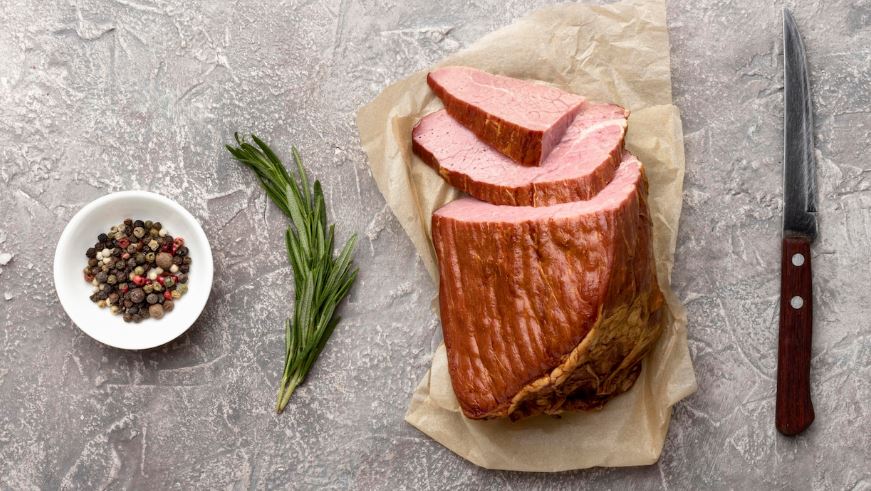
What is the best way to store brisket?
Brisket can be stored either in the refrigerator or in the freezer for up to three months. If storing in the refrigerator, make sure that it is sealed tightly with plastic wrap or aluminum foil, and that the brisket is stored in a shallow pan or airtight container. If freezing, wrap the brisket tightly with plastic wrap and place it into an airtight freezer bag. Be sure to label and date your frozen brisket so you can keep track of how long it’s been in there. To thaw frozen brisket, place it in the refrigerator overnight. Be sure to use cooked brisket within three days of thawing.
Conclusion:
In conclusion, it’s highly recommended that you should always unwrap your brisket after cooking to ensure you get the most out of your piece of meat. The fat and connective tissues in brisket are what give it its unique flavor, so releasing this moisture and allowing it to reabsorb can really take your barbecue game up a notch! Resting your brisket before unwrapping is also important as it allows for more of the flavorful juices to be reabsorbed into the meat. So make sure you don’t skip this key step on your next BBQ cookout!
Happy grilling!


